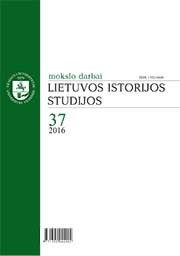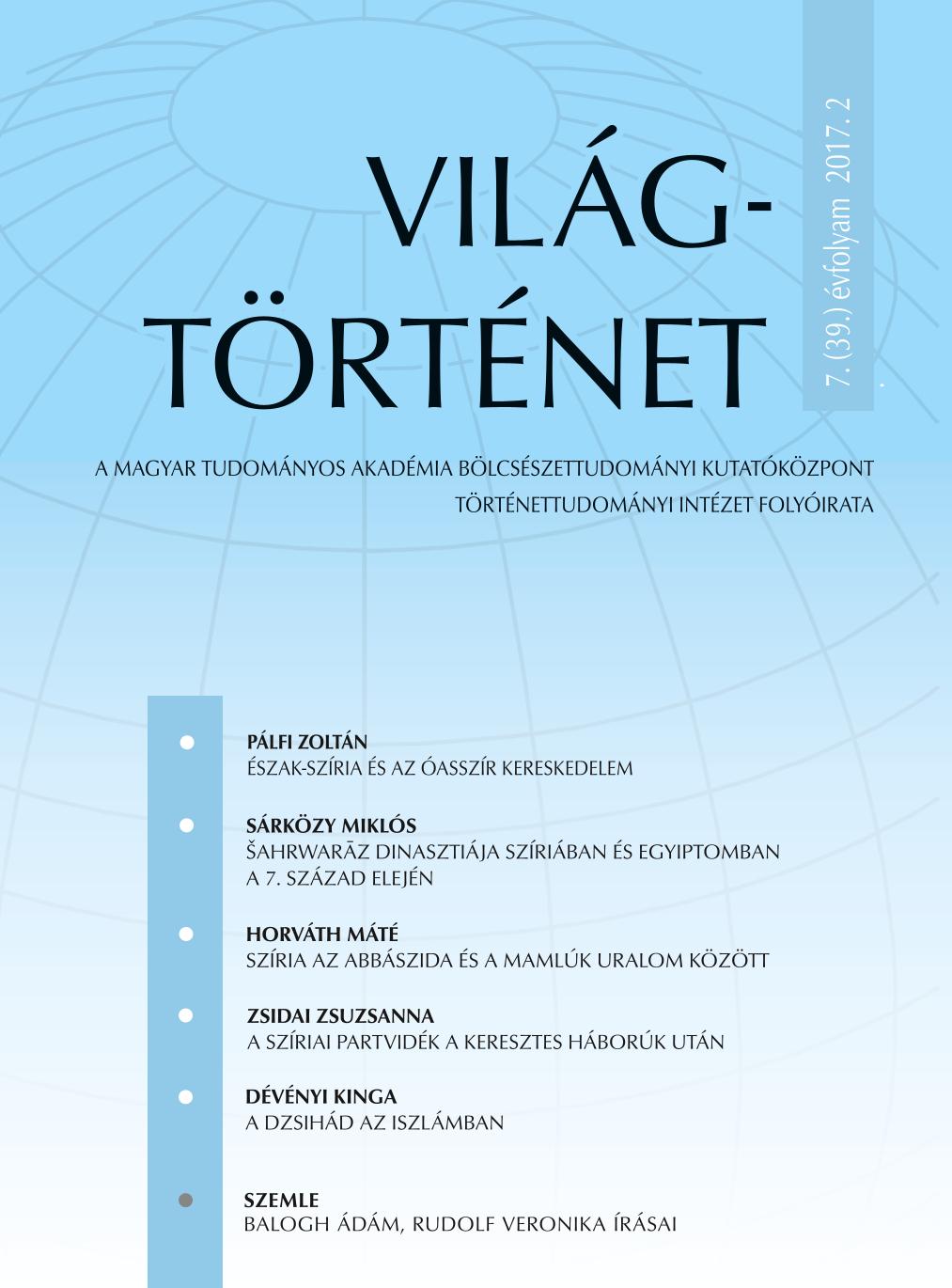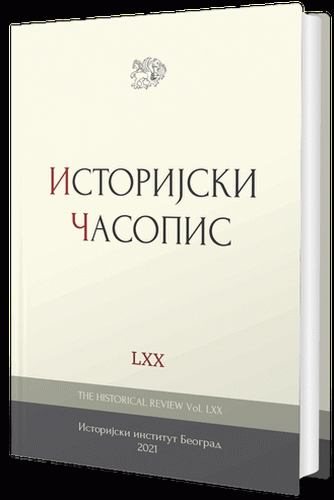
ŽALGIRIS: KAS ATSAKYTA Į NEATSAKYTUS KLAUSIMUS?
The article seeks to evaluate problems linked with understanding of the sequence of events in the battle of Žalgiris in modern Polish historiography, first of all, in “Wojna Polski i Litwy z zakonem krzyżackim w latach 1409–1411”. Sven Ekdahl’s methodical provisions – a necessity to follow strict critique of the sources as well as the Middle Ages warfare realties – were chosen as the basis for evaluation. “Wojna Polski i Litwy” by the Polish authors discusses all the significant aspects of the battle: battleground location, leadership of the allies, separate entry of Lithuanian and Polish forces into the battle, Lithuanian feigned retreat manoeuvre/flight and Polish fight after the Lithuanian army’s retreat, losses etc. However, concerning the fundamental battle course of action, Annals of Długocz remain to be the most reliable source. That is why it is thought that the battle took place between the ruins of the chapel which was built to remember those killed in battle and the lake of Lauben. Moreover, the Polish forces are thought to have joined the battle almost at the same time as Lithuanians did, Lithuanians fled the battleground (though not as far as Lithuania), the remaining Poles forces had a long fight until they faced the Grand Master’s faction and the victory against them was achieved without the support of Lithuanian forces. Concerning warfare, the authors of “Wojna Polski i Litwy” agree that it is necessary to delve deeper into the structure of the army, as well as battle tactics. However, they hesitate to follow Ekdahl’s proposed model, which states that banners too weak to operate independently are grouped into fighting regiments (“Schlachthaufen”), and the latter joined into three echelons (“Treffen”). Instead, a banner is still considered a tactical unit. Furthermore, the authors are undecided if they should adopt Ekdahl and Nadolski’s estimated wedge shape formation, like one of the two alternatives where the next one would be grouping in lines. In conclusion it could be stated that despite some progress the “Polish-Lithuanian War” does not digress from the traditional version of the battle by S. M. Kuczyński.Isthisthe spell of Długocz or “Polska Ludowa”?
More...














